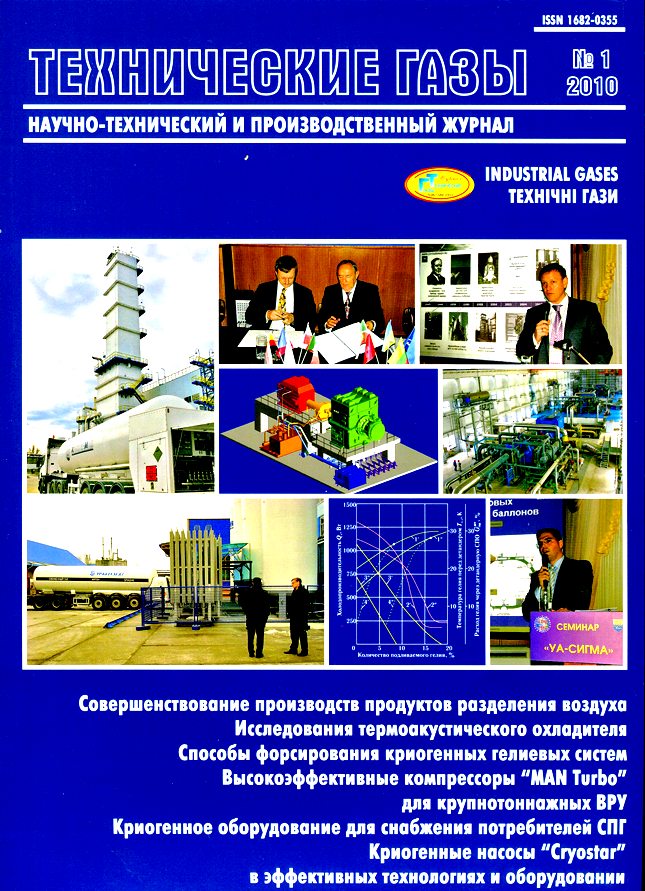THERMODYNAMIC EFFICIENCY OF LOW GWP AZEOTROPIC REFRIGERANT MIXTURES
DOI:
https://doi.org/10.18198/j.ind.gases.2010.0482Keywords:
Low GWP blends, Azeotrope, Phase equilibria, Thermodynamic efficiency, R1270/161, R170/717, R600a/161, Refrigerating machine, Heat pumpAbstract
The results of azeotropic mixtures research with a normal boiling point between —40 °C and –80 °C are stated. The aims were to design refrigerants of the fourth generation and to match the saturated pressure-temperature characteristics and refrigerating capacity of existing refrigerants within this range. There have been selected three azeotropic mixtures R1270/161 (propene/fluoroethane), R170/717 (ethane/ammonia), and R600a/161 (isobutane/fluoroethane) of a large number of potential combinations, all formed from natural refrigerants or synthetic chemicals with a global warming potential GWP<150. Each of these has distinct characteristics and is suited to certain types of applications. Experimental measurements of P-T-x-properties were made for mixtures. Based on the results of the measurements, a thermodynamic model was developed using the Peng-Robinson type equation of state to predict the phase behaviour of the full range of compositions, pressures and temperatures. These new blends offer notable advantages over existing refrigerants, in particular: zero ODP and low GWP, below 150, and mainly «naturally» occurring fluids; improved thermodynamic properties (such as critical temperature and minimal temperature glide) over similar existing refrigerants; good solubility with oils; low toxicity, and reduced flammability; known and understood chemical and material compatibility.
Downloads
Issue
Section
License
LICENSE AGREEMENT
After receiving an article for publication as required revision scientometric databases each author directs the license agreement on the assignment and transfer of the management of copyright. Signatures of the author (s) it is desirable to seal the personnel department of the institution where the author works (authors), or the seal of the Faculty.
Revision refers to the authors one layout for proofreading. Permissible only those fixes that result in compliance with the layout of the original text of the article. Significant changes are not permitted. Layout should be sent to the editorial office within days of receipt.

